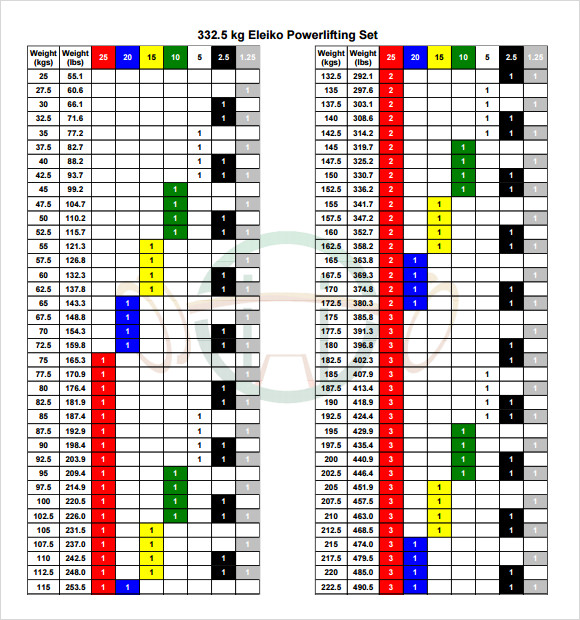

The kilogram is defined by three fundamental physical constants: a specific atomic transition frequency Δ νCs that defines the duration of a second, and the speed of light c that, when combined with the second, determines the length of a meter.It is widely used in various fields such as science, engineering, and commerce worldwide, and is commonly referred to as a "kilo" in informal language.The kilogram is a unit of measurement for mass in the International System of Units (SI), denoted by the symbol kg.The kilogram is now defined by Planck's constant instead of a physical artifact. Overall, the kilogram is the basic unit of mass in the metric system, initially represented by a solid platinum cylinder and later replaced by a standard kilogram made of a platinum-iridium alloy. This proposal was accepted at the 2018 CGPM, and as of May 20, 2019, the kilogram is defined by Planck’s constant. Since the second and the meter were already defined in terms of the frequency of a spectral line of cesium and the speed of light, respectively, the kilogram could then be determined by accurate measurements of Planck’s constant. Planck's constant was chosen as the constant to define the kilogram, and it was defined as equal to 6.62607015 × 10^-34 joule second. To address this issue, the General Conference on Weights and Measures (CGPM) agreed in 2011 to redefine the kilogram not by a physical artifact, but by a fundamental physical constant. In 1989, it was discovered that the standard kilogram kept at Sèvres was slightly lighter than other copies of the standard, which posed a problem since the kilogram was defined by a physical artifact with a changing mass. This standard kilogram was kept at the International Bureau of Weights and Measures laboratory in Sèvres, France. Later, in 1889, a new standard kilogram was introduced, which was also a solid cylinder made of a platinum-iridium alloy, with a height equal to its diameter. However, measurements of the mass of a volume of water proved to be imprecise and inconvenient, leading to the platinum artifact becoming the standard. Originally, the kilogram was represented by a solid platinum cylinder in the late 18th century. Additionally, the pound is defined as being exactly equal to 0.45359237 kg. The kilogram (kg) is the fundamental unit of mass in the metric system, defined as being very nearly equal to the mass of 1,000 cubic centimeters of water.
KG TO POUNDS CHART HOW TO
So, let's dive in and learn how to easily make these conversions! What is a Kilogram? In this article, we'll take you through everything you need to know about converting kg to lbs, show you how to use our converter, and answer some common questions that you may have about this type of conversion. Whether you need to convert weight for business, personal or educational purposes, this tool will make the conversion process quick and straightforward. Welcome to our Kg to Lbs converter, a handy tool designed to help you easily convert weight or mass measurements from kilograms (kg) to pounds (lbs).


 0 kommentar(er)
0 kommentar(er)
